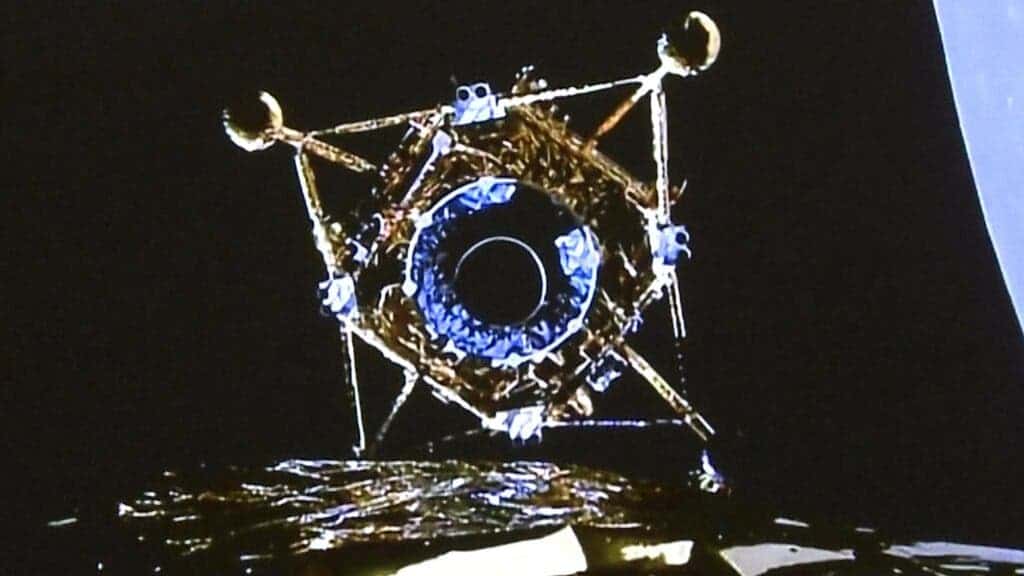
On December 1, the Chang’e-5 lander touched down on Oceanus Procellarum, a vast lunar mare on the western edge of the near side of the Moon. After the lander collected about two kilograms of lunar samples, it deployed a small version of China’s five-star red flag and then ejected the samples on an ascended vehicle to lunar orbit. After it completed its mission, Chinese engineers sent instructions that commanded the ascent vehicle to crash into the moon on Monday.
Following the successful docking of the ascent vehicle with the Chang’e-5 lunar orbit on December 5, reports from Chinese media suggested that the ascent vehicle still had a lot of fuel, which qualified it for an extended mission. However, the China Lunar Exploration Program (CLEP) took the decision to decommission the vehicle by crashing it into the moon in order to avoid producing space junk in the moon’s orbit that could impact future missions.
The impact occurred just half an hour after mission control sent commands to the Chang’e-5 ascent vehicle, instructing it to crash at 0 degrees longitude and 30 degrees south — somewhere between the ancient craters Regiomontanus and Walther in the southern highlands region.
The docking of the ascension vehicle with the Chang’e-5 orbiter was performed with an accuracy of no less than five centimeters while mission control was 380,000 kilometers away. This experience will prove extremely useful for China’s highly ambitious missions in the future, which will involve similar rendezvous and docking maneuvers for a Mars sample return mission in 2030. China also has plans for a crew mission to the moon that will also involve an ascent vehicle, orbiter, and reentry capsule.
The Chang’e-5 orbiter carrying the precious samples collected from the moon’s surface is still in lunar orbit. Chinese mission control is still waiting for the right window of opportunity to open for trans-Earth injection.
According to Chinese state media, the operation is scheduled for the next few days, most likely on Saturday, resulting in the landing of the reentry capsule at Siziwang Banner, Inner Mongolia.
If successful, Chang’e-5 will become the first mission to bring lunar samples back to Earth since the landing of the Russian spacecraft, Luna 24, on August 18, 1976. During the Apollo missions, the United States retrieved 382 kilograms of lunar rocks and soil, whereas the former Soviet Union brought over 300 grams of lunar samples back to Earth during three missions.
Was this helpful?



